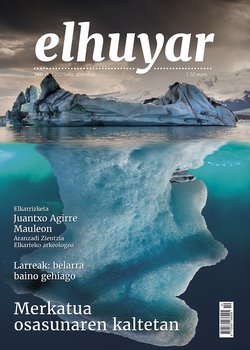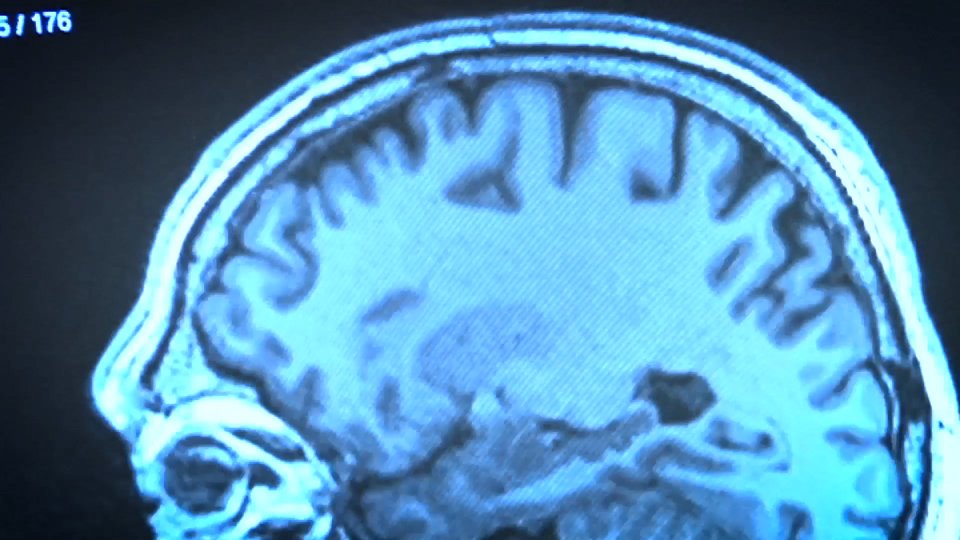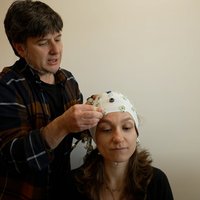Death of the Cabacot
We start the season with one of the main protagonists of the summer. On the 26th of August, a curious visitor arrived at the beach of Zarautz: you will all remember, a cajón of 25 tons. This event attracted a lot of people. The animal itself was spectacular, but also the maneuvers they had to perform to get out of the arena. We followed him until he was buried.
THE LITTLE GOENAGA; Ambar: When I arrived, the waves began to hit harder and there were about eighty people around the animal. When I arrived he was moving, he didn’t move much, and he was still alive. He moved his tail, not too hard, he moved it up and down, and he could see that he moved his belly.
The animal survived five minutes. Then, at once, he let the gut move. His tail kept moving; people thought he was alive, but he was dead, the wave moved his tail.
the decline of the cabacot began as soon as the 25-ton body hit the sand. It has a body suitable for walking on the high seas, but it is awkward if there is little background. Unable to move, he feels heavier and heavier, and his lungs struggle to breathe.
THE LITTLE GOENAGA; Ambar: Anatomically, to the ribs of cetaceans... they are known as “floating costillas” or dormant ribs; the chest is not a cage, it is open, and all the organs are inside it. Eta hondarretan katigatuta geratzen direnean, toraxa hondoratzen hasten zaie grabitate-indarrarengatik. Then their internal organs start to compress, it's hard for them to breathe. This leads to a physiologically relevant symptomatology. Apart from that, you have to add stress: once you start listening to unheard sounds, people surround you... I know it's hard to put it in the place of a 15-metre calf, but if you put it in, you can come to imagine what it might feel like. Then, they usually suffocate, or have a nervous breakdown, causing the heart to stop working. Why did he die? Because he got hooked on the sand, but what made him hooked on the sand? We can't say it.
This young man from Kashmir, who arrived at the beach of Zarautz, died in the hurry. People looked at the strange anatomy of the cetacean in amazement. Meanwhile, Ambar’s cetacean experts collected and collected data.
He has a large head, about a third of his body, small eyes, and his mouth is striking: the teeth of the lower jaw are exposed, and he seems to have no teeth at the top.
But, yes, he has them upstairs. They are vestigial teeth according to the members of the Ambar association. They are hidden, not fully developed, and they are said to be a sign that these teeth have been lost in evolution, since only some of the casalots have them.
Some samples were taken before the animal left the beach. And, look, he's got some parasites on his skin. They're copepods called Penella. They have one half of the body embedded inside the box, while the other half, darker, emerges from the skin as if it were a pen.
THE LITTLE GOENAGA; Ambar: Our assessment was that we cannot save his life, ... and so our work goes on to assess whether this animal should be removed or whether it has value for a museum or from an educational point of view.
ESTHER IRIGOYEN; Aquarium: The cahoot was important to us on the one hand, from the research side, to know why he died, his fate, if he had any plastic in him... and all that. And, in the future, we would like it for the exhibition, like this one, and also for education: to explain to the children what a cabal is, where they walk...
There was a question in everyone’s mouth: Why did the cahoots die? He was a young animal, apparently without trauma... perhaps, according to experts, he was a little slimmer than one might expect. Maybe swallowed some plastic... You have to do a necropsy to know the answer.
THE LITTLE GOENAGA; Ambar: The best way to determine the cause of death of this animal would have been to immediately take it to a place, immediately perform necropsy, take samples and send it to the laboratory. This would have been the best, because to be reliable, the results have to be as fresh as possible, as is logical. In this case, since we don’t have the resources, we had to hand it over to other people, and even this group had no way of doing things like that. So we had to do as we could, and the samples we received had been lifeless for many hours. So, to be honest, these samples aren’t ideal for getting some good results. We don't think they'll give us any clear information.
It's hard to describe the stench of 25 tons of semi-rotten beef. You need interiors to work with this animal. However, the experts at Ambar and the Aquarium are working tirelessly. They evoke the image of the ancient whale fishermen. The body of the cetacean is protected by a thick layer of fat, which requires deep cuts to reach the viscera.
There was a time when the casalot was very much appreciated: dental ivory was used in jewelry and decoration, grease to light houses and spermaceti to make fragrances of the head.
They come to the bowels after a lot of effort to take samples of the organs. His stomach is empty, and only at the end of his intestines do some traces of squid ink appear. He ate very little in the last few weeks. The cabacot eats squid and usually has spikes of squid in its intestines. By the time I got to the beach, I was weak.
THE LITTLE GOENAGA; Ambar: According to the data we have, we can't tell you why he died. We can say that it was very influential to get stuck in the sand. Surely, if the sea had been calm, it would have endured more, it would have healed itself. We can't say it.
The tomb of the cabacot was a bed of gravel 20 meters long. The excavating machine covered him with more gravel and he was buried, hoping to recover his skeleton after a few years.
Buletina
Bidali zure helbide elektronikoa eta jaso asteroko buletina zure sarrera-ontzian











